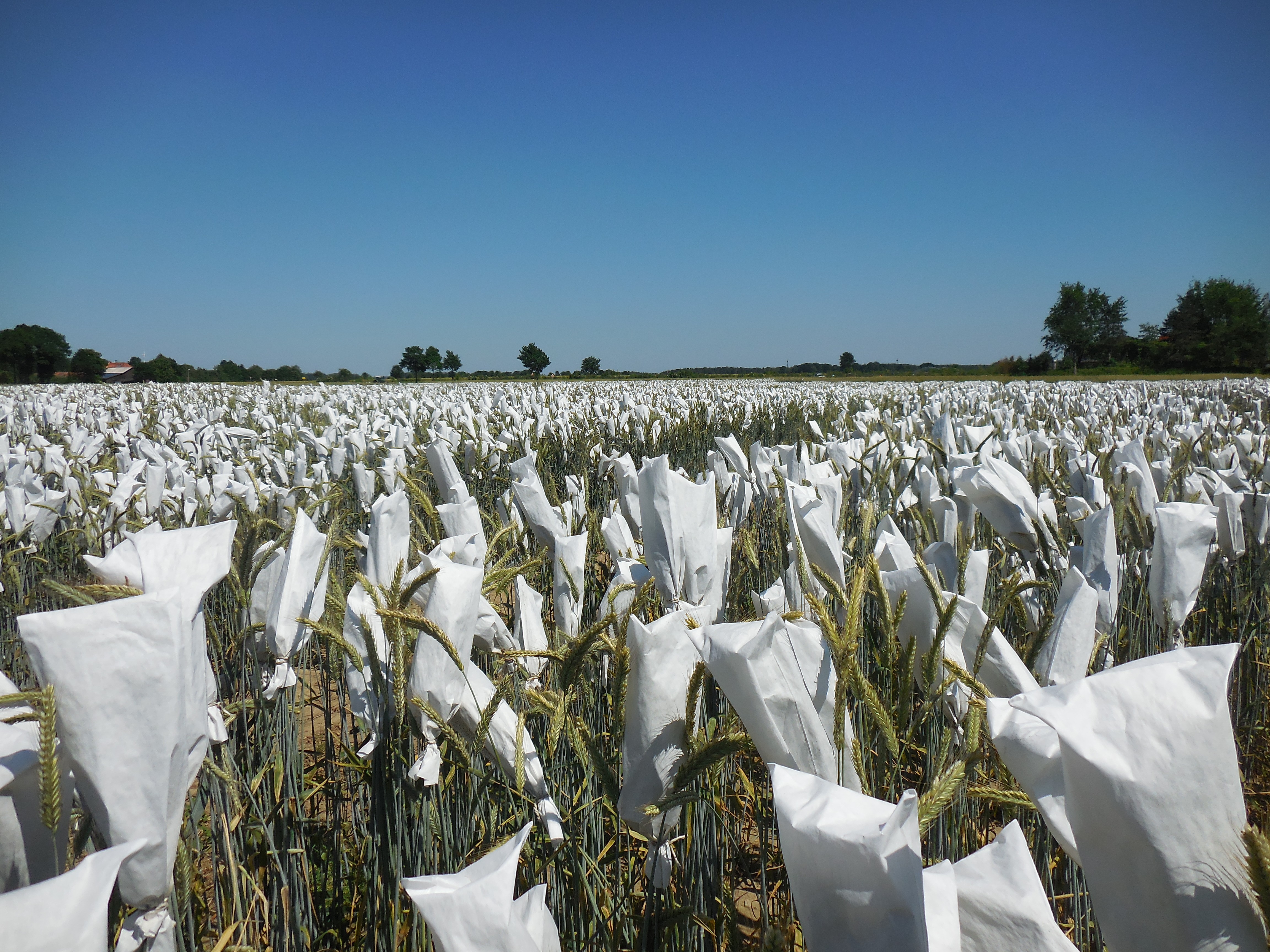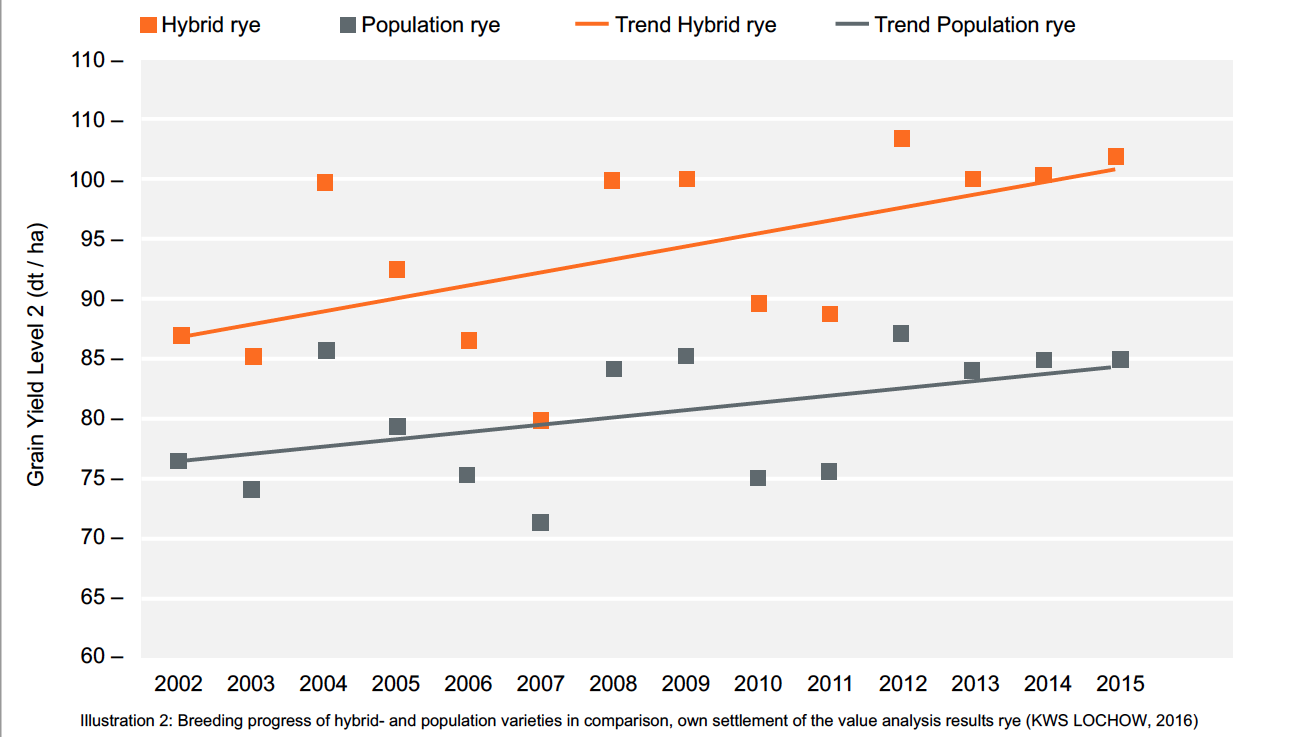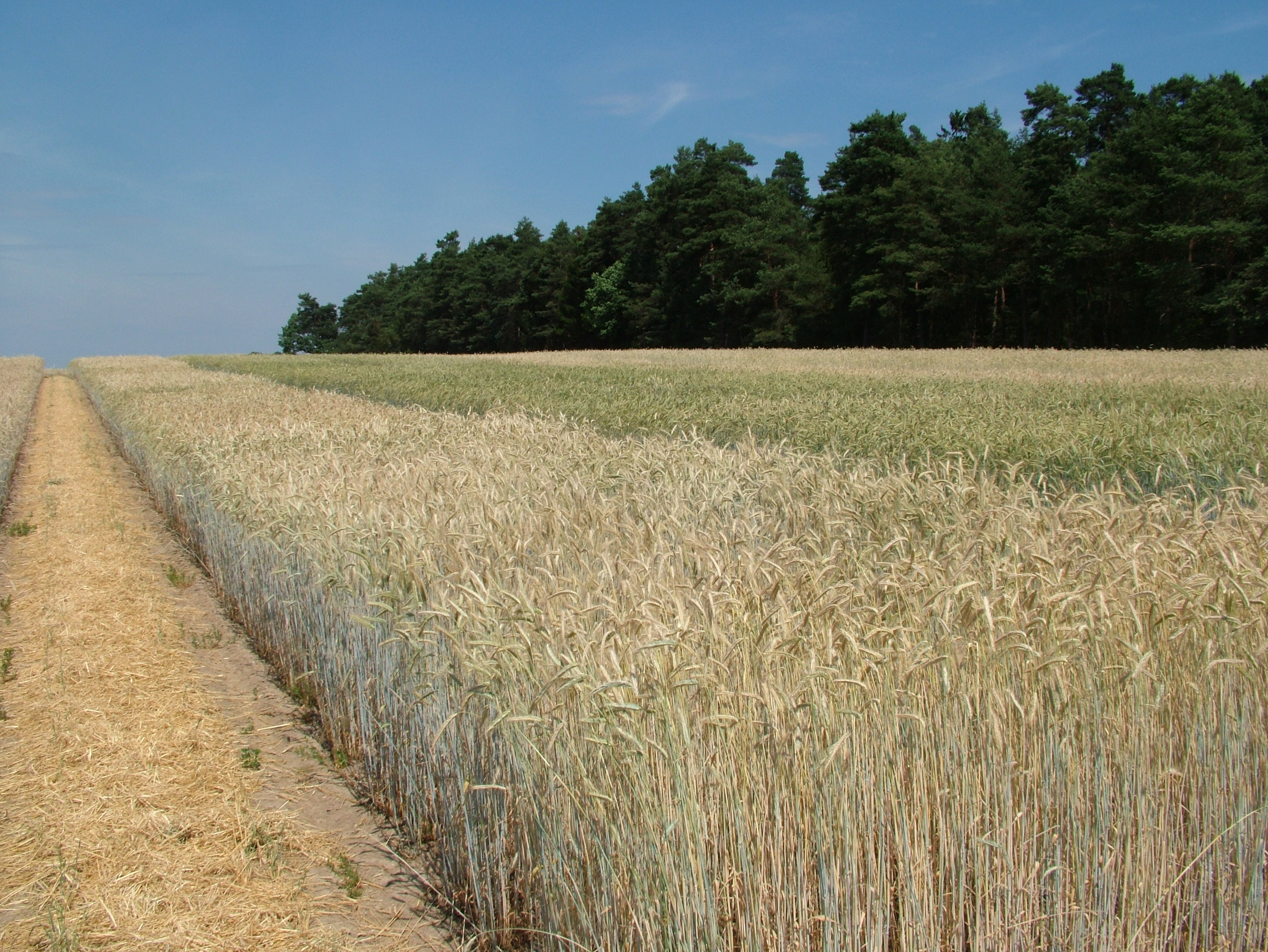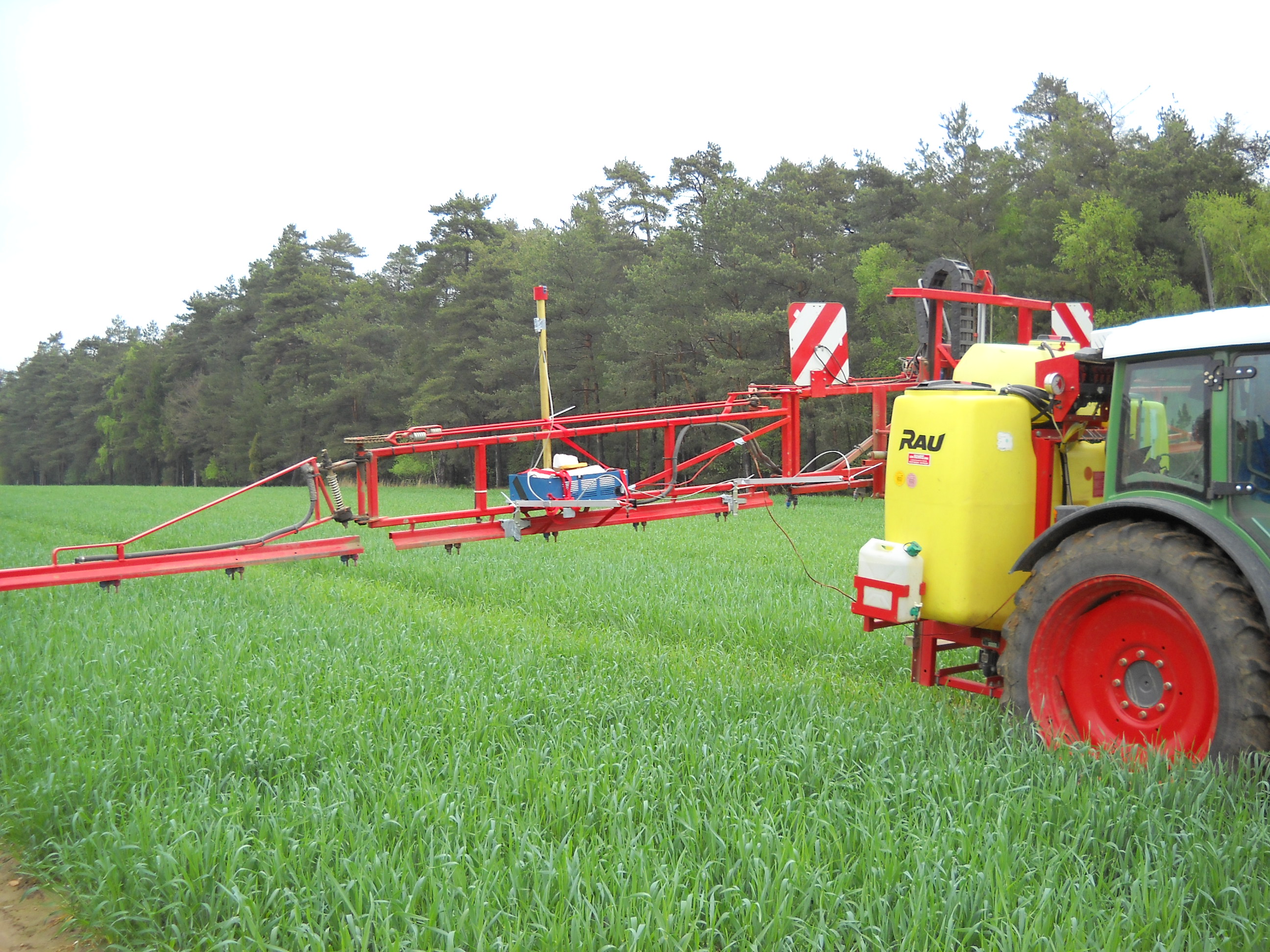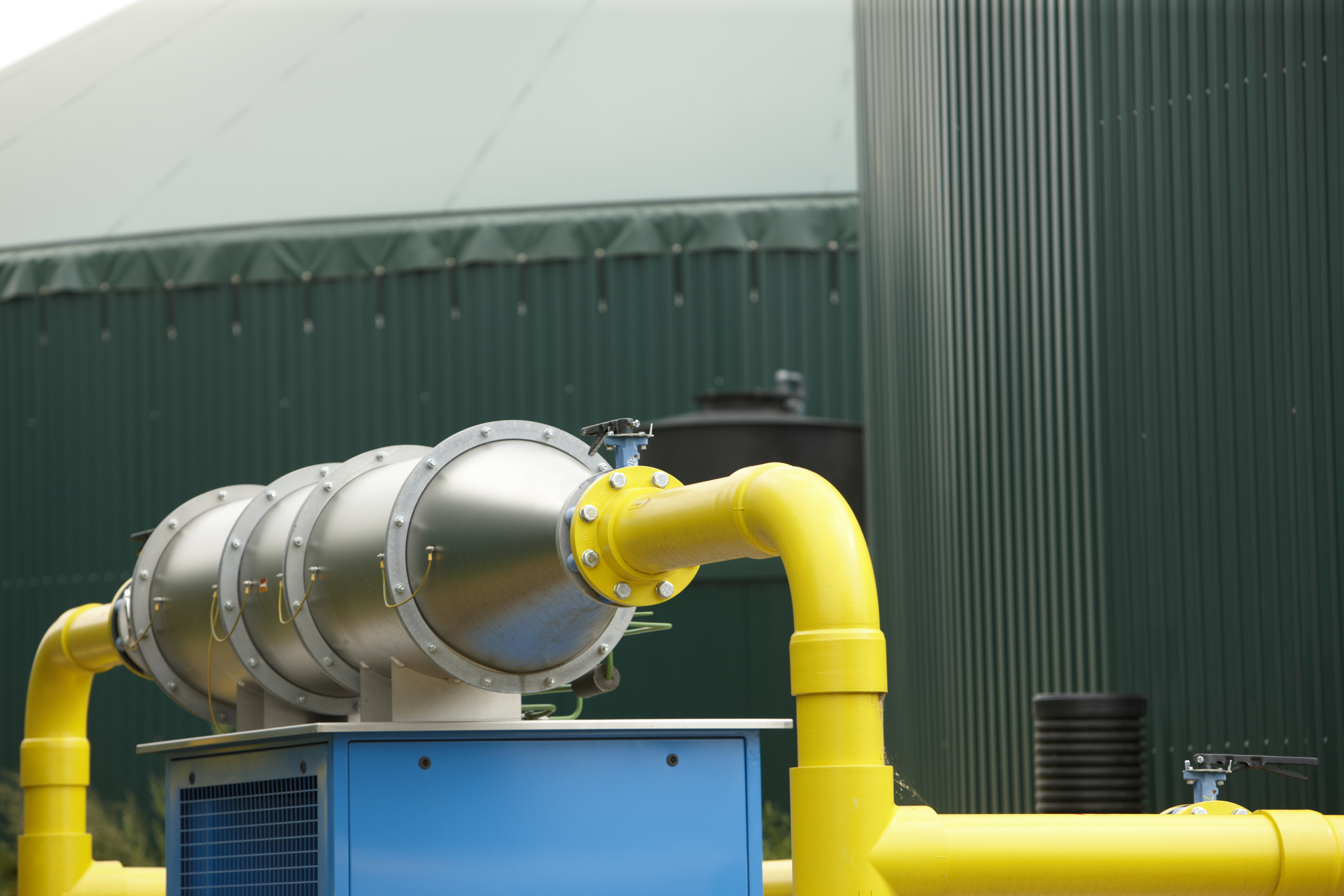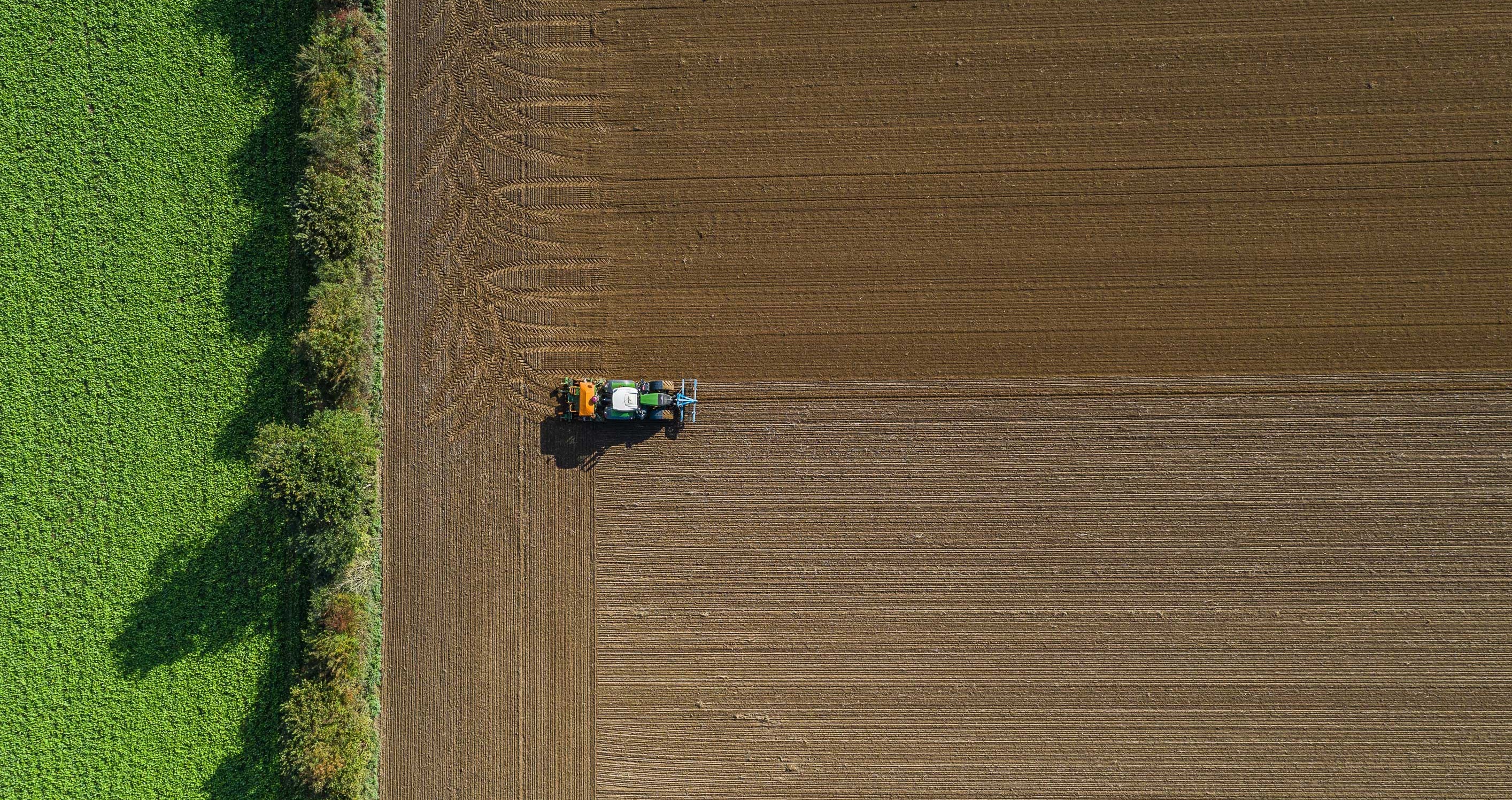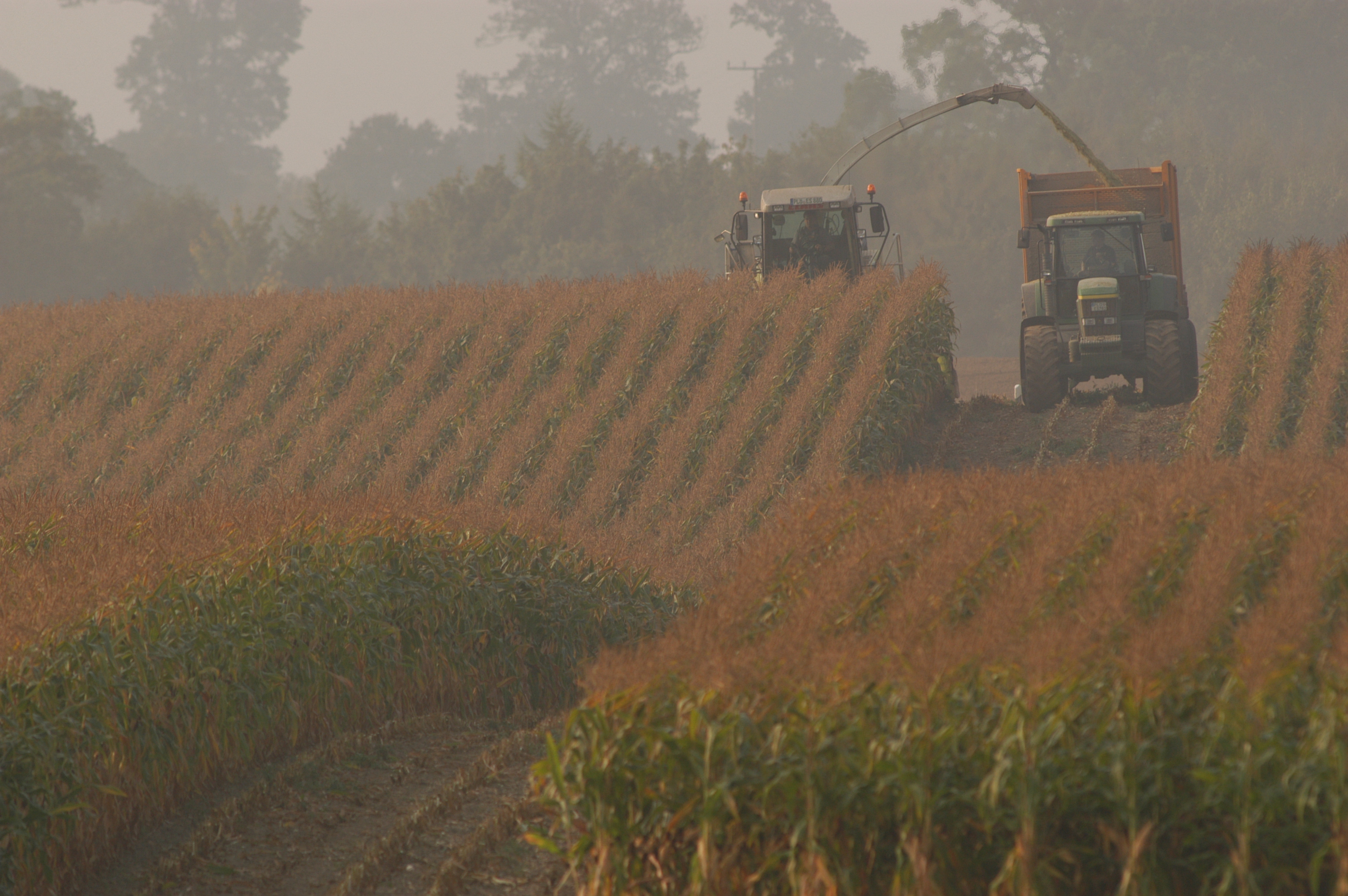How does hybrid breeding work? How to make a hybrid rye variety is explained here.
Rye is both a valuable food as well as feed and is also suitable as an energy source in ethanol or biogas production. The farmer has a great number of Hybrid varieties of rye available for selection. How does hybrid breeding work? How to make a hybrid rye variety is explained here.
The main breeding targets in the area of GPS hybrid rye are biomass yield, methane yield and the vegetation time up to the milk development.
Goals for breeding hybrid ryes:
- Yield potential and stability: Grain yield, drought resistance, lodging standability and TGW
- Disease resistances: Ergot, brown rust, mildew and Rhynchosporium
- Quality: Test weight, flour yield, number of cases, crude protein content, amylogram value, starch content
The formula for a hybrid rye seems quite simple, but many years of intensive breeding work lie behind it.
Rye hybrids=(ACMSx B) x R-SYN
This means:
(ACMS x B)
Mother (seed parent): crossing between an inbred line with CMS plasma and an inbred line with normal plasma. CMS plasma means that the plants contain a cell plasma that prevents the parent seeds themselves from forming pollen. This characteristic is required so that pollination by the cross-pollinator rye can be controlled in a targeted manner.
R-SYN
Father (pollen parent): a synthetic population, frequently consisting of two parental components and bearing a restorer gene. These restorer genes enable restoration of fertility of the crossing product of the seed and pollen parents. This is necessary since the hybrid rye seed sown will only form grains with this restoration.
Initial crosses
First, initial crosses of the best parents must be produced. This is done by selective manual emasculation and crossing of selected parents under bags. The crossing progeny are then self-pollinated under bags (pollination with pollen from the plant itself) to develop inbred lines.
These inbred lines are selected in short, individual rows for important agronomic characteristics such as lodging standability, vitality, TGW and disease resistance.
The lines selected in this way are then crossed with plants of the opposite genetic pools (seed and pollen parents) to produce hybrid candidates,
which are tested in multi-site performance tests. In addition to the above-mentioned characteristics, the yield is also determined and used as a basis for selection. After several years of testing, highly promising candidates are submitted to the Bundessortenamt [German Federal Office for Plant Varieties] for official value analysis.
Find more details about how in recent years hybrid rye breeding has demonstrated clear breeding progress in the areas of yield and ergot resistance in the section on yield improvement and ergot resistance.
Field yields
In Germany, field yield figures are published annually by the statistischen Bundesamt [Federal Statistical Office]. It is important to be aware that in this survey, no distinction is made between population ryes and hybrid ryes, despite distinct differences in yield. Our current estimate of the hybrid rye fraction out of the total rye acreage is between 75 and 80 %, and therefore yield development presented is only affected to this extent.
From the average field yields for Germany over at least the past 20 years, it is apparent that the yields range between 39 and 61 dt/ha (Figure 1). Below-average yields in the drought years 2003, 2007, 2010 and 2011 are clearly apparent. Based on the plotted trend line, however, it becomes clear that overall there has been a yield improvement of rye crops.
Breeding progress
The progress in breeding hybrid rye varieties can be demonstrated very clearly from the German value analyses. In Figure 2, the results for all hybrid and population varieties analysed in the respective year are compared. The trend line clearly shows that breeding progress in hybrid ryes is greater than in population ryes.
One essential reason for the difference in breeding progress between population ryes and hybrid ryes is the hybrid vigour, from which hybrid breeding benefits. In hybrids, parents with advantageous genes or properties that supplement one another can be systematically combined, resulting in greater breeding progress and thus increased performance in terms of yield and other agronomic features. Since hybrid rye varieties are built on a broad genetic base, their level of adaptability is very good, allowing favourable environmental conditions to be utilised and the impact of poor ones reduced.
Three simple reasons why the increase in field yields observed in agricultural practice may be lower than the breeding progress
Population rye fraction
In Germany, population rye is cultivated on about 20 – 25% of the rye acreage. However, as can be seen in Figure 2, this rye type has achieved less breeding progress in recent years. Even in weaker locations, hybrid rye gives higher yields because of its environmental stability.
Market prices and resulting intensity
As illustrated in Figure 1, phases of low market prices have occurred repeatedly within 23 years. This makes the intensity of production decrease and means that the yield potential of the varieties is not fully utilised. In addition, in such years the acreage decreases, and the rye is pushed to locations with lower yield levels.
Extreme weather conditions
Extreme weather conditions have occurred more frequently in Germany in recent years and have affected rye growing especially in terms of spring droughts. These results affect basically all grain types. However, light soils in which rye is primarily grown are particularly affected.
Conclusion:
Compared with breeding progress, field yields are subject to other agronomic factors in addition to genetics. Thanks to the above-described breeding progress, the yield level of rye has been increasing for years, despite these circumstances. You can continue to benefit from this breeding progress in the future if you plant hybrid ryes.
Drought tolerance (Rye breeding)
Progress through the latest selection methods: Periods of drought are increasing constantly due to the progression of climate change, and there is greater demand for varieties with improved drought tolerance. Plants react to drought stress in many different ways. To recognise the reactions, in addition to our experience with plant breeding, we also use the most up-to-date measurement technology. This allows us to achieve greater impact in ascertaining features.
The drought stress test.
1. Test set-up
The basis for the best possible ascertainment of features is a perfectly planned and designed experiment. For the measurements, several drought stress tests with about 3000 rye parcels are available over an area of about 5 ha. The complete experiment is divided into a watered and an unwatered variant, wherein both variants are always repeated side by side to perform a fair comparison of the two variants.
For watering, 12 -15 m long soaker hoses per parcel are laid out, so that uniform watering of the target parcels is assured. We control the water inflow very accurately with a central distributor station.
2. Highly modern recording of plant characteristics
As many different plant characteristics as possible are recorded in our experiments. It is especially important to measure all features over several weeks.
To characterise plant properties with a high throughput of 750 parcels per hour, we equipped a sprayer boom with GPS, a spectrometer and an infrared thermometer. In this way, regardless of the weather, we are able to measure agronomically important properties such as plant density, leaf area, chlorophyll content and diseases, as well as harvest yield.
A weather station measures wind speed, atmospheric humidity, temperature and solar radiation in parallel, and a soil probe measures the soil moisture content. Both ensure the information on environmental conditions at the test site is recorded.
When the measurements are completed, the challenge for us is to match up the large volumes of data and finally use them for selection. The first year of the research project showed which determination of features is reasonable and feasible. In the large-scale, multi-year research project conducted jointly by the Julius Kühn Institute, the University of Kiel and KWS Cereals, we are now working intensively to bring the measurement methods to the point of usefulness. The first progress will be demonstrated in the first hybrid rye varieties with excellent drought tolerance, which we plan to market in 2018.
